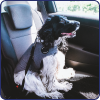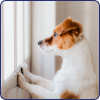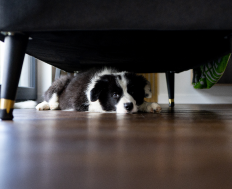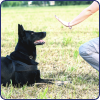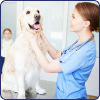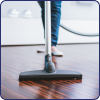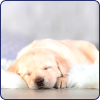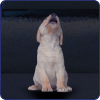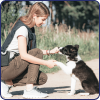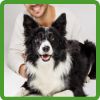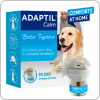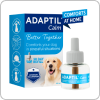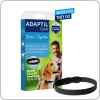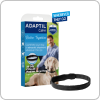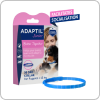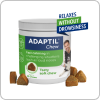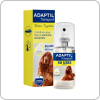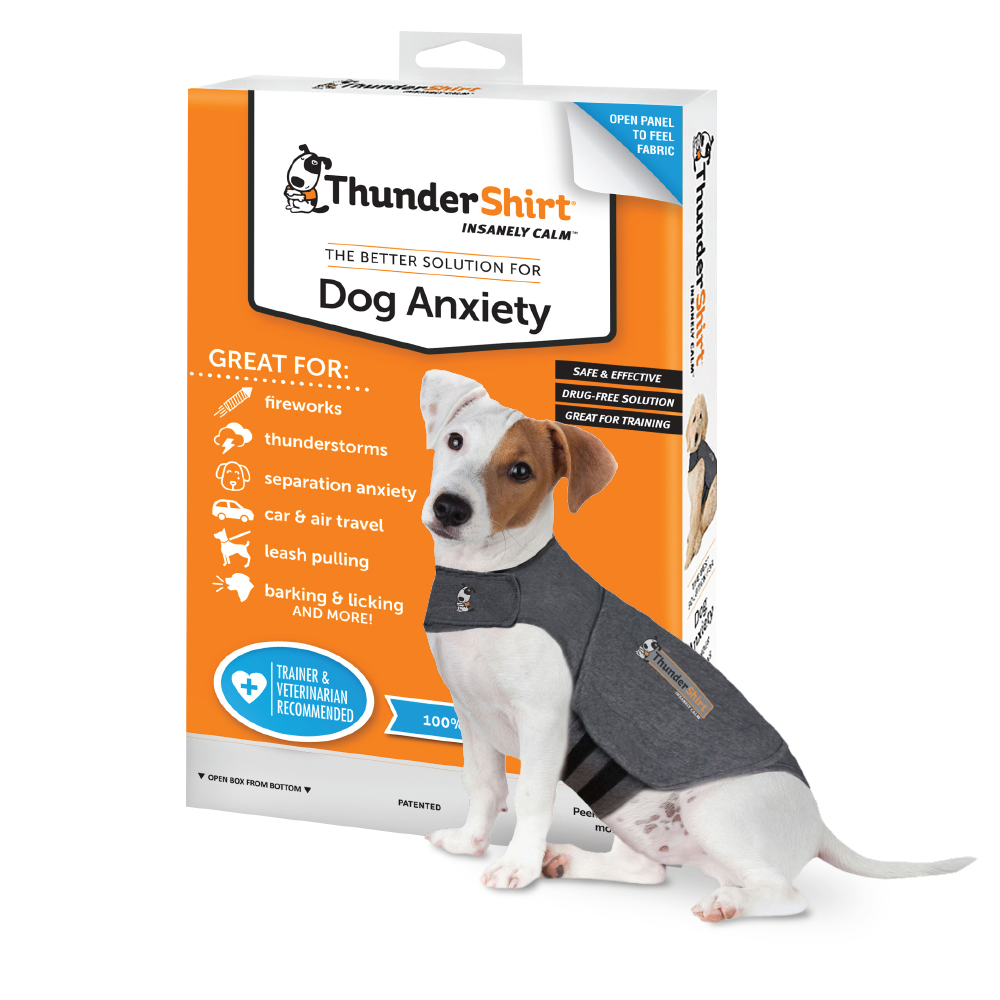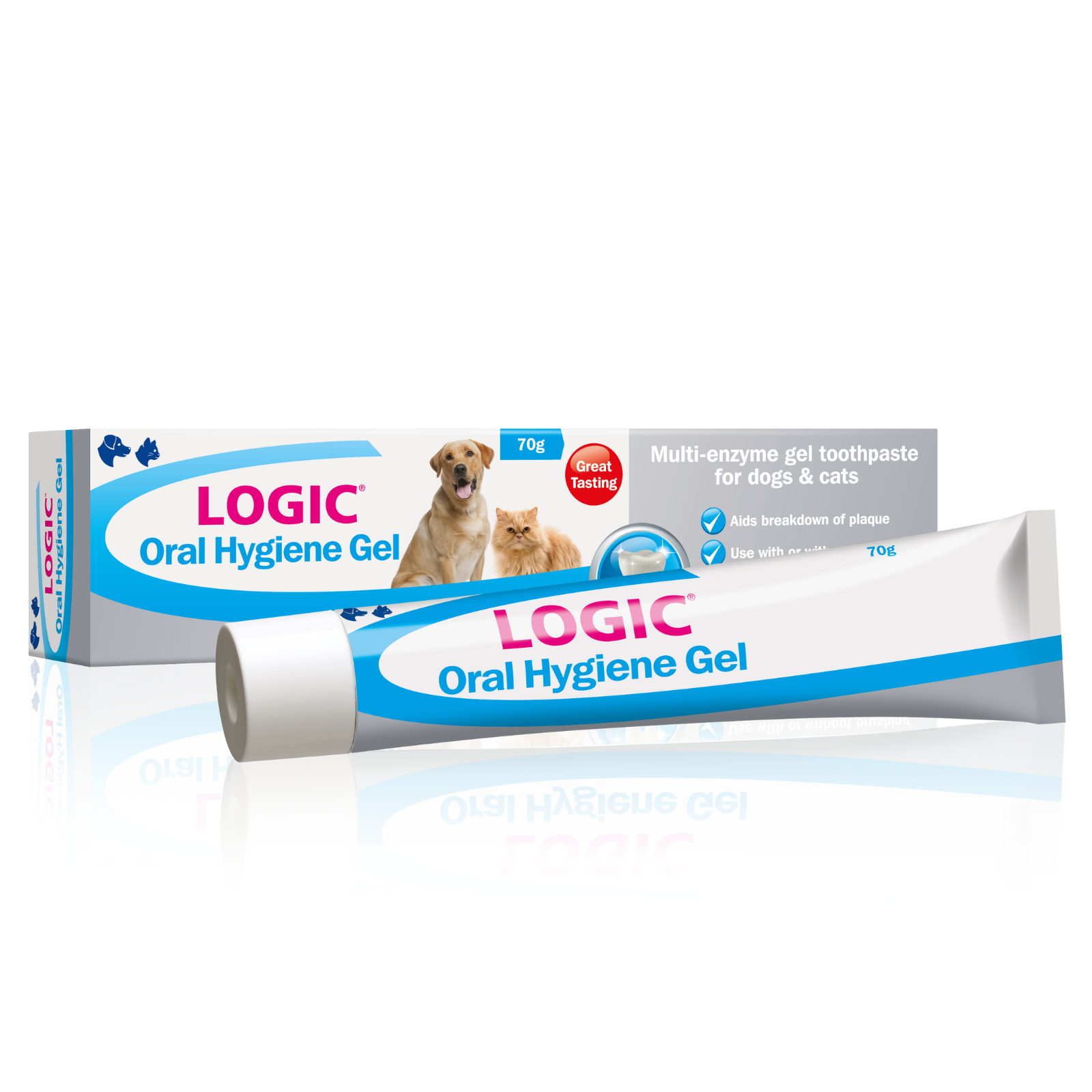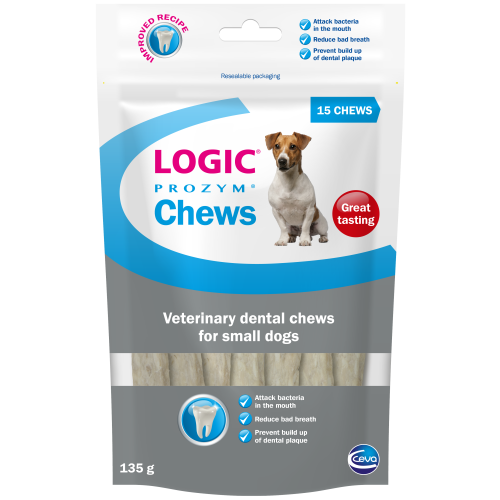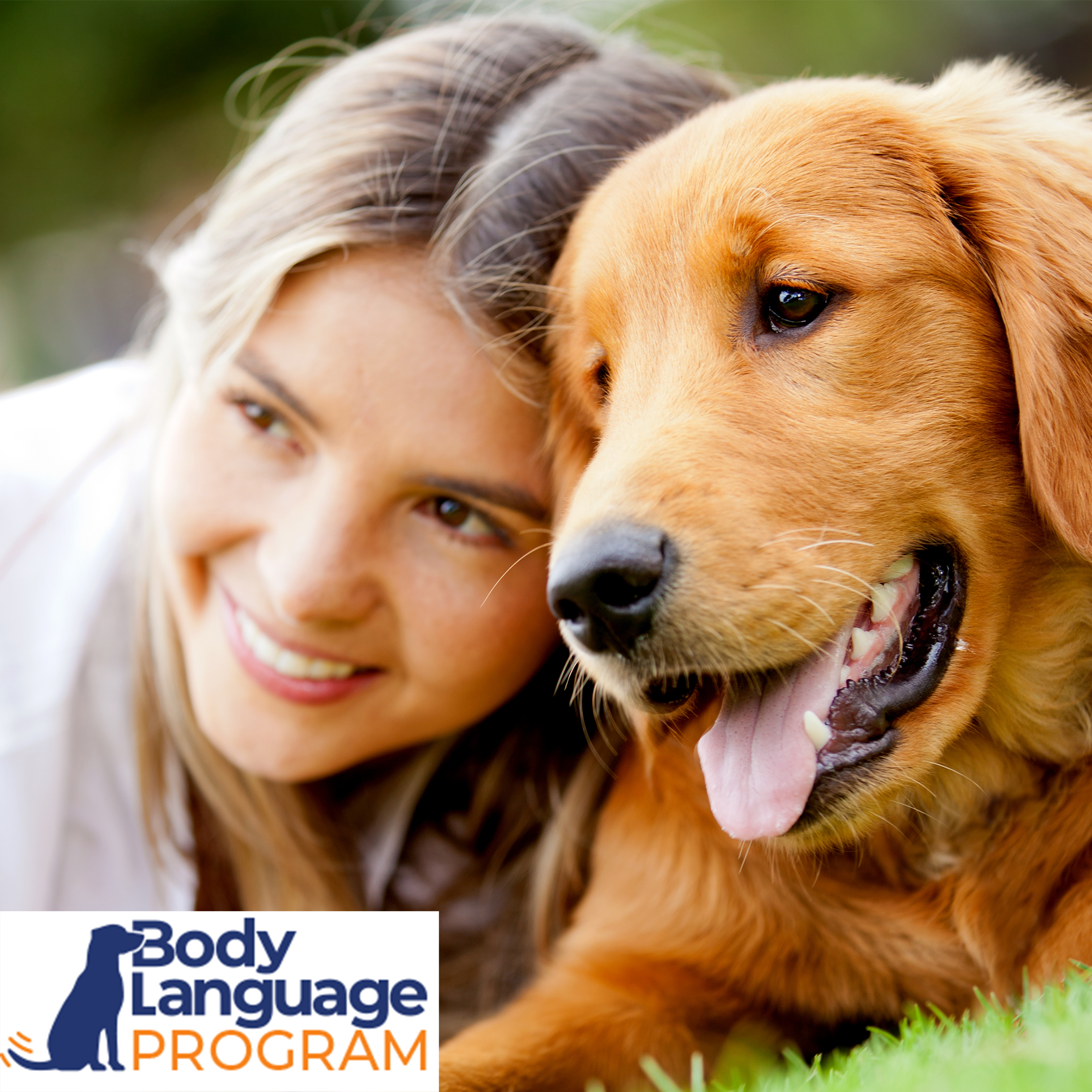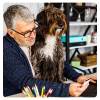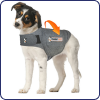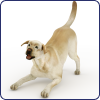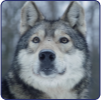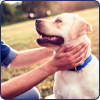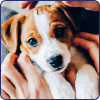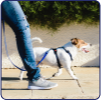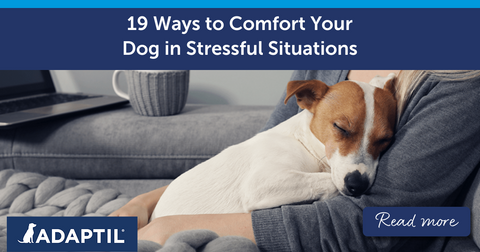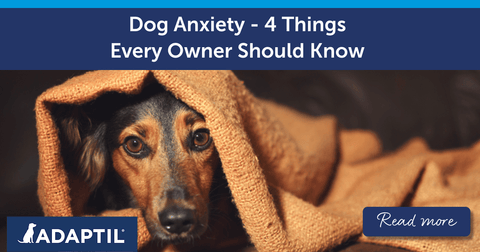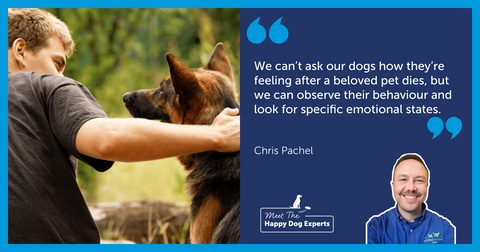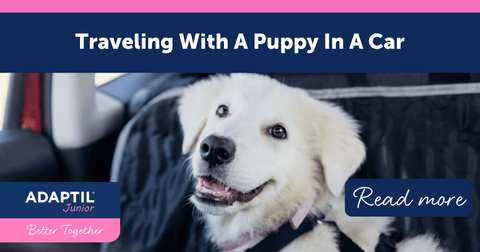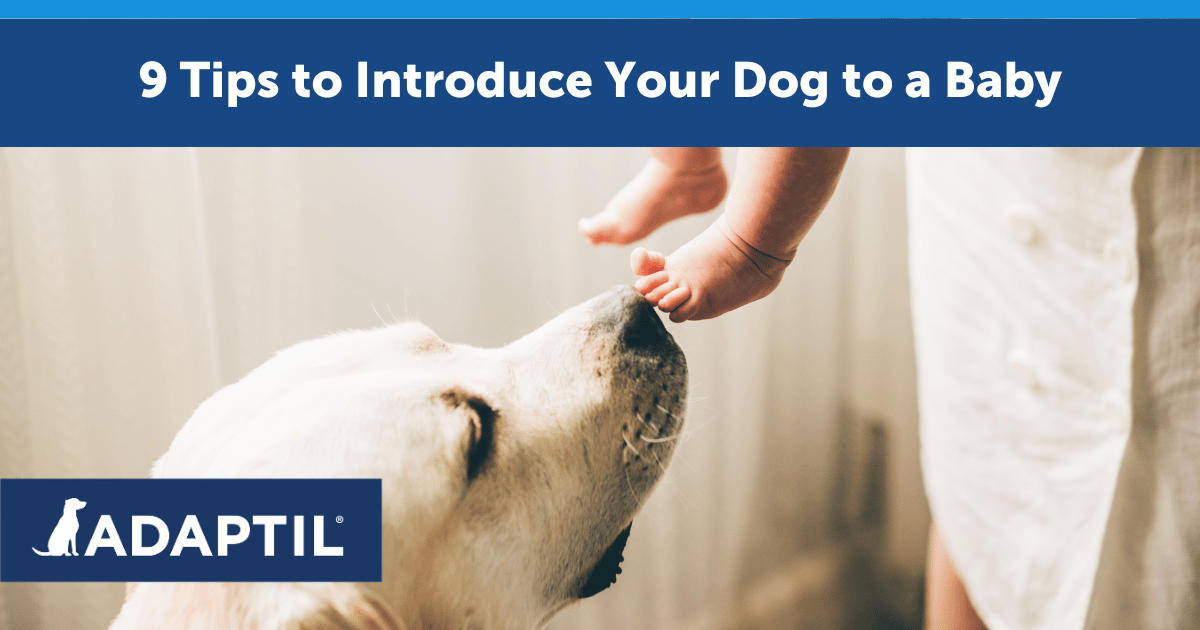
9 Tips to Introduce Your Dog to a Baby
Like any household change, a new baby can bring a big impact for a dog. Luckily, with a little preparation before and after the baby arrives, you can help your furry friend transition into family life!
Before the Baby Arrives
1. Prepare early
Preparation, preparation, preparation! When you're expecting a new baby, you'll have a lot to think about, but try to include as much doggy preparation on your baby-task list as possible.
Having a new baby in the household can be a dramatic and stressful experience for even the most relaxed pooches, so it's important to help them adapt to what's happening well in advance of the birth.
Starting at least 4 months before the baby is due, you should begin to introduce your dog to new baby belongings and equipment, to help them adjust to new noises, smells and items. If you can master activities such as calmly walking alongside the stroller or buggy, or training your pet to leave baby toys well alone, life will be much easier once the baby arrives!
2. Prepare your pooch for new sounds and smells
Babies bring lots of new sounds, smells and equipment into your household environment - which can be very unsettling for your dog if they come with no warning or adjustment period!
To help your dog prepare, try to give a gradual introduction to lots of these smells, sounds and items beforehand. Over a period of months before the baby is born, start to introduce your dog to:
- Expected sounds. From laughing to crying, try to find and play recordings of the sounds that babies make, and play these for a short period of time every day. To help your dog adjust, start by playing the sounds at a low volume. Encourage and reward a calm reaction, then gradually increase the volume when your dog remains calm. It's important that your dog knows to stay calm when the baby cries - and be ready for the real thing! To build a positive association, it may help to play these sounds when your dog is doing something they enjoy, such as playing or eating.
- New smells. Baby powder, shampoos, soaps, baby milk - there will be lots of new smells to experience in the house soon! In the weeks leading up to the birth, start to use and introduce some of these products and smells into your day, to familiarise your pooch with them.
- New equipment. Have you already set up new baby items such as high chairs, baby baskets, baby gyms or buggies and strollers? Having them in the home environment before the baby arrives can help your dog learn how to act, especially around items that make new noises or move around. Always let your dog build a positive association by giving them treats or fuss when you introduce something new.
3. Help your dog adapt to handling
Is your dog happy to be stroked and petted? It's important that your pet can respond to touch positively, without getting over excited or hostile. Once the baby is born, your dog will need to know to remain calm and patient while being petted by a baby or toddler - and also be comfortable to meet any new house guests or visitors.
Make sure your dog can stay positive when being touched. Gentle handling training, with rewards for calm behaviour may be needed if your dog becomes agitated or too excited when touched.
4. Slowly start to introduce new routines
Routine helps your dog feel safe and secure. If they know when they'll be walked, when dinner time is, and when you'll be with them or away, they will remain calm because they know what to expect.
Of course, a new baby will bring dramatic change to your own, and your dog's routine. So, because change can be difficult for some dogs, it's important to make gradual changes to your dog's routine before your baby arrives.
Think about how your routine might change, and start to adapt accordingly. For example you can:
- Help your dog adjust to being kept in separate areas - such as behind a stair gate. Place your pet in their safe area behind the gate a few times each day (with a tasty chew or food puzzle). Start this training for just a few minutes at a time, then work to gradually increase the timing, until your dog is comfortable and regularly expects to be kept away from you (or guests) in that area.
- Practice walking your dog alongside a stroller, and reward good behaviour. If your dog is used to a buggy or stroller, and can walk next you calmly, walks will be much easier and relaxing.
- Carry a lifelike baby doll around, to discourage jumping up. If your dog is currently used to jumping up at you, especially if you are holding something, it's important to start training this behaviour away. Don't give them any attention if they jump up, but do reward calm behaviour where all four paws are on the ground. It is also a good idea to drop treats on the ground whenever you pick up the doll. That way your dog will always focus on the ground and stay down once you're holding the baby.
- Make sure your dog is happy to settle down when commanded. What does your dog do when you tell them to go to their bed or safe haven? Teach your dog to settle calmly when you command, or are unable to give them your full attention. Make sure they have toys to safely entertain themselves, and an area where they will not be disturbed by anyone.
After the Baby Arrives

5. Introduce Your Dog, But NEVER Leave Dog and Baby Unsupervised
Arriving home with your baby for the first time is very exciting. However, it's important to keep introductions between your baby and your dog as calm as possible.
For this reason, when you arrive home, be sure to greet your dog alone first. Your dog will be eager to see you, but once they are calm and relaxed, you can bring the baby into the house. It is often best to wait a day or so before making any close introductions, to allow your dog time to adjust to the sights, sounds and smells of the new baby.
When you feel everyone is ready to make a closer introduction, place your dog on a lead, and invite them near the baby so that they can see them. Reward calm behaviour with treats and praise, keeping the dog controlled, and stop immediately if your dog is agitated. Most dogs will adapt easily, and once they are used to the baby's smell and react calmly around the baby's screams or cries, you can allow them off the lead.
When interacting with your dog and your baby, with an adult or a barrier between each at all times. Never leave the dog and the baby together unsupervised.
Be sure to reinforce a feeling of positivity for your dog whenever the baby is around - attention, treats and praise will help your dog associate the baby with good things! When you need to focus only on the baby, giving your dog a distracting treat such as a chew or puzzle toy can help them stay happy and relaxed alone.
6. Keep Toys Separate
Dog toys and baby toys can be surprisingly similar! Often made of the same materials, both tend to be durable, colourful, and may squeak or make noise! However, it's important to help your dog learn which toys are theirs - and ok to play with - and which are not!!
If you play with your dog inside the house, it's a good idea to set a routine - putting away toys after play sessions to help them learn when toys are ok - or even restricting play to walk times. This will also help your dog learn that not all toys in the house are for them to play with, and will stop your child from playing with your dogs chews!
If your dog does pick up your baby's toys, don't shout or react angrily as this will confuse and frighten your pet! Instead, be sure your dog understands the 'leave' command and can be distracted. Always use positive reinforcement to train your dog, giving them a valuable reward for leaving your baby's toys alone.
7. Make Sure Your Dog Has A Safe Haven
All dogs need a quiet, comfortable safe haven where they can go when they need to rest, relax or play alone. In a house with a brand new baby, access to a doggy safe haven is more important than ever! Make sure your pet has clear access to their safe place at all times, and that when your child is older, they learn to always give the dog space when they go to their quiet spot.
Using stair gates can be a good way to give your pet peace away from visitors when the baby is young - and can also be of help once your child reaches toddling age!
8. Help Your Dog and Your Baby Become Best Friends
With the right, positive introduction to your new baby, your child and your dog can soon develop a long-lasting friendship!
After the initial introduction, work to associate your baby's presence with positive experiences for your dog. Whenever your pooch reacts calmly around your baby, be sure to give them a treat! Equally, when your child is old enough, help them to be considerate of your dog's needs, such as when your pet needs time alone, and how to play gently!
9. Support a Comforting Home Environment with ADAPTIL
Whether your dog is a laid back pooch or more easily stressed, introducing a baby into the household is a big change for everyone involved!
Using an ADAPTIL Calm Diffuser can help to support a calm and comforting environment, and reassure your dog while they adjust to change. Plugged into the room where your dog spends the most time, ADAPTIL Calm is proven to help dogs cope, by using the same comforting messages a mother dog provides to her puppies.
If you’d like to know more information and tips about dogs, check out the rest of our blogs online! You can also stay up to date with all the latest news and product info by signing up to our newsletter.
